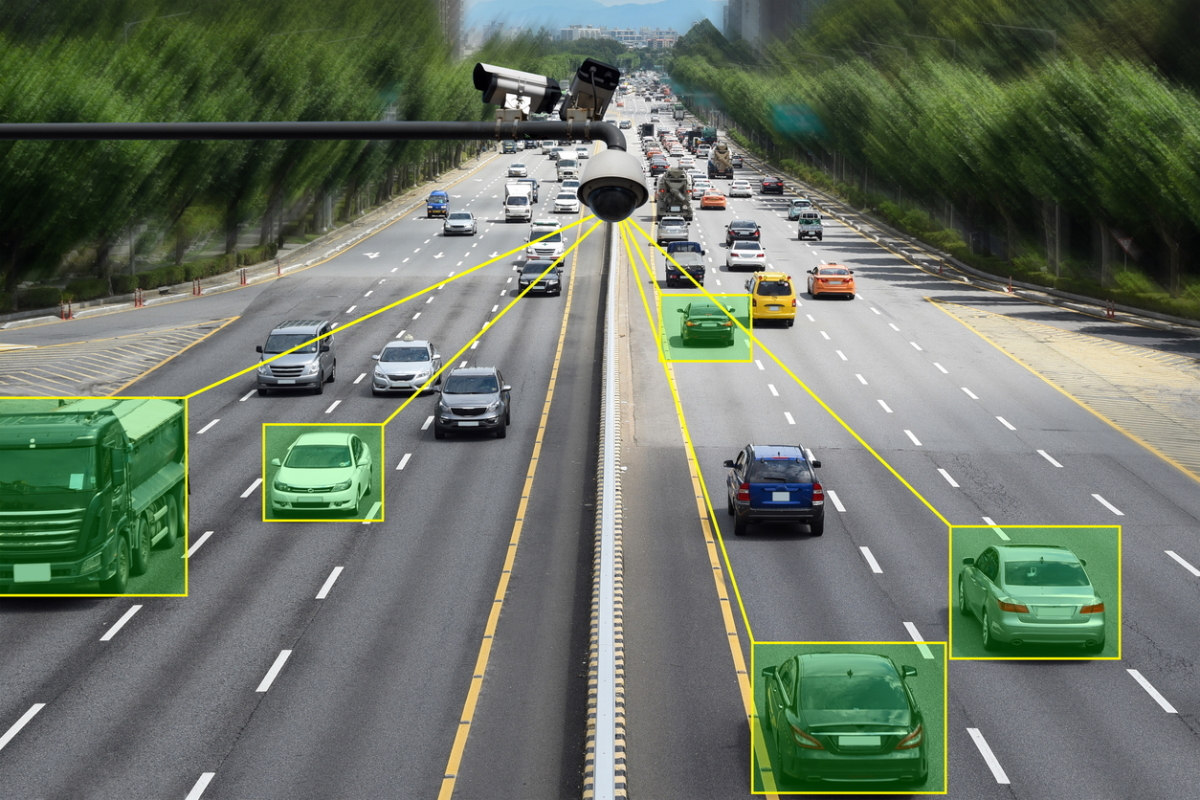Kirsty Bright at Virgin Media O2 explains how smart transport can drive the UK to Net Zero
The climate crisis requires urgent action. It’s clear we can only hope to avoid the worst impacts if we rethink the way we do things. From what we buy to how we travel; we must commit to change if we are to reach a zero-carbon future. Thankfully, we already have many of the necessary tools and technology at our disposal to make these changes a reality.
Take the transport sector. Globally, it accounts for around a quarter of CO2 emissions, with road vehicles such as cars, vans and lorries making up nearly three quarters of this.
But much progress has been made already. For example, Deloitte predicts that electric vehicles (EVs) could make up roughly 32% of the total market share for new car sales by 2030. Meanwhile many companies are committing to rolling out electric vans as part of wider fleets – last year Virgin Media O2 ordered 280 electric vans as a first step towards our commitment of a fully electric fleet by 2030.
While electrification of vehicles will help the UK cut emission, smart transportation more broadly, made possible by lightning-fast 5G mobile connectivity, is essential for accelerating the journey to achieve net zero faster.
The one link I’d suggest is adding something about how this work is supporting the UK government’s transport decarbonisation strategy; goal to decarbonise all modes of transport by 2050.
Through smarter driving and a more intelligent transport system we’d see vastly reduced carbon emissions. Reducing idling and route planning to avoid the most polluted and congested areas are just two ways connected vehicles can minimise carbon emissions. In fact, according to our research, the UK transport sector could cut as much as 41 megatonnes of CO2 between 2020 and 2035 just by using 5G.
Road-testing connected cars
This may all sound like something from a sci-fi movie, but a smart transport network is in reach, as proven by many of the tests and trials we’re running.
Over recent years we’ve converted two Renault TWIZY electric cars into Connected Autonomous Vehicles (CAVs) and fitted them with LIDAR sensors. This allows autonomous driving as well as control from remote teams at slow speeds.
We showcased the benefits of these vehicles at COP26 in Glasgow last year with a simulator experience. This gave users the opportunity to see, hear and feel what it is like to become a passenger in a 5G-powered CAV.
Meanwhile, back in 2020 we announced the launch of the first commercial laboratory for 5G and satellite communications in the UK: the Darwin SatCom Lab. The Lab is helping businesses across the UK to explore next-generation connectivity solutions for CAVs, such as remotely tracking their position, movement and speed.
For example, it means fleet managers and haulage companies can benefit from optimised routing and efficient shipping – cutting costs and carbon.
Connected EVs can also do so much more than just get us from A to B, however. Our electric CAVs are also fitted with an AQP (Air Quality Platform), so they can monitor the air around them and help visualise the surrounding air quality in real time. Sharing this data with city planners can help to reduce air pollution in congested areas.
This type of technology is tested with our partners at the Smart Mobility Living Lab in London, which explores a number of near future scenarios to push forward smarter and greener transport systems.
Setting the destination to net zero
The potential carbon cutting benefits of connected EVs are enormous. According to the GSMA, if we integrate digital infrastructure in EVs, we can cut 65% of the carbon emissions attributed to transport, saving 2.8 gigatonnes of CO2 over the next nine years. To put this into perspective, that equates to 2.8 billion flights from New York to Paris.
Technology and connectivity can, and should, be at the heart of our journey to net zero. As an industry, we must continue to demonstrate the benefits of connected EVs to both businesses and the public, if we are to meet both the Government’s net zero target, and their goal to decarbonise all modes of transport by 2050.
Buckle up. It’s time for connected EVs to drive us towards a greener future for everyone.
Kirsty Bright is Director – Network Innovation and Transformation at Virgin Media O2
Main image courtesy of iStockPhoto.com
